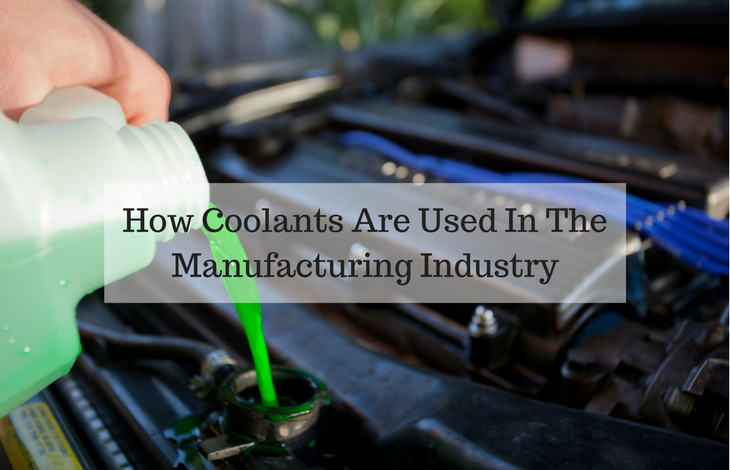How Coolants Are Used In The Manufacturing Industry

The need to frequently replace parts of a machine is due to poor maintenance, and this leads to wear and tear. A major cause of wear and tear is excessive heat. Overheating leads to interruptions in the operations of the machine due to the inability of different parts to work under such conditions. This, therefore, shortens the cycle between repair sessions. In turn, the life of the machine is reduced.
To aid with overheating, coolants are passed over hot machines or through heated pipes due to their ability to absorb and retain heat. There is a myriad of applications of coolants in the manufacturing scene. Below are some of them:
Thermal energy storage, heating and cooling systems
The cooling systems within a building also make use of a coolant. Coolants are used in the distribution of heat from areas where the heat levels are higher than required within pipes fitted around a building. They work by transferring the unwanted heat and dissipating it into safer areas. The coolant liquid also extends the life of the pipes by minimising corrosion.
Line heaters
A line heater is a large tank with pressure coils, and it’s filled with water. The pressure coils are made of high-pressure pipes. The water is heated and circulated under the water tank using burner tubes. The line heater distributes a heated fluid that surrounds the pipe with the aim of easing pumping operations and raising the temperature of the pipe contents. A coolant liquid is thus required in order to act as a heat transfer fluid for the line heater.
Packaged food freezing
For packaged foods, coolants are used to meet the requirements for heat transfer. Before the final freezing of the packaged foods in a freezing room, coolants provide an economical means for quick freezing the food’s outer layer. This is effected by spraying the coolant on the packaged food, or by immersion, especially for wrapped meat and poultry.
Air-conditioning systems
Coolants are used in manufacturing air-conditioning systems to absorb and release a great amount of heat. This allows the air-conditioning compressor to run without the risks of overheating. It enables the compressor to last longer by reducing the rate of wear and tear. An added feature of a coolant is its ability to work under high levels of pressure where water would otherwise be ineffective.
Stationary Engines
In applications such as irrigation, power generating systems, natural gas processing and oilfield operations, coolants are required because of the stationary engines that power these systems. If these engines are located in extreme weather conditions, coolants protect the cooling systems in these engines from overheating and freezing. Coolants also reduce the rates of internal corrosion. In turn, this minimises the maintenance costs that would otherwise be incurred.
Defrosting freezing coils
In the preparation of frozen foods, freezing tunnels are utilised. High-velocity air is passed over the cooling coils to cool the food. Since the air is passing at extreme speeds, a layer of frost is formed. The disadvantage of frost accumulation is it undermines heat transfer. To aid with this, coolants are used to defrost the cooling coils by pouring cold, aqueous solution.
Beer cooling
Coolants are also used in breweries as heat transfer for beer cooling. Coolants are used to cool beer storage tanks, yeast storage, and fermentation tanks. The reason coolants are preferred over other refrigerants such as water, brine or ammonia is due to their low toxicity and non-corrosiveness.
High-speed cutting
When it comes to high-speed cutting systems, high-pressure coolant systems are utilised. They help to flush away the chips. Another effect of coolants is to cool heated components and prevent corrosion.
Read More:





